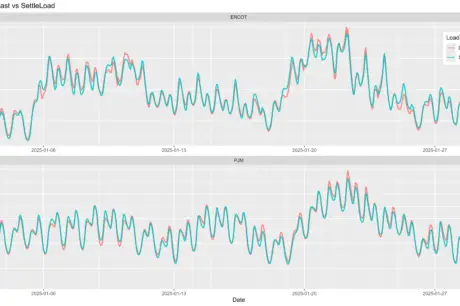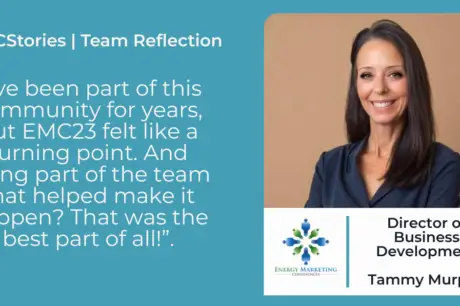Across the globe, energy retailers are seeing an increase in the number of market participants. Only the fittest will feast; the rest will starve.
In highly competitive markets like the US, the organizations that thrive will be the ones with the greatest control over their costs.
Most retailers focus on two key metrics in the battle for profitability: The Cost to Acquire (CTA) and Cost to Serve (CTS).
Reducing the CTA brings significant benefits to the bottom line, but if there’s insufficient focus on retaining customers, there’s a good chance they’ll soon leave. Similarly, activities that reduce the CTS include improvements to customer interactions, but if the overall number of inquiries increases, it’s an indication that perhaps customers have to make contact more than once to solve their problem. That isn’t good for business.
A Customer-Centric Culture Improves Customer Satisfaction Score (CSATs)
Digital transformation is more than just a way to reduce costs and increase margin. It’s an opportunity to redefine the governing processes of how utilities will operate over the next decade. Mapping out how each customer interaction is handled is the perfect way to ensure every touchpoint with the organization is simple, effective, and valuable. For today’s customers, self-service is expected. If you can make this interaction easy, everyone’s happy; the customer can resolve their issues quickly, and it costs almost nothing to assist them. Get it wrong by not providing a robust, easy-to-use self-service capability, and CTA and CTS numbers soon start going the wrong way. Setting a clear strategic vision is essential to reduce the cost to serve and provide a leading digital self-service experience.
More Insights for Customers Equals More Insights for You
Data is everywhere, particularly in the utility industry, where smart meters churn out swathes of usage information at regular intervals each day. In this data lies opportunities, both for customers and organizations. Unlocking this opportunity is not always easy, which is why retailers increasingly rely on enterprise platforms. Other opportunities lie in proactive communication. By alerting customers of outages and notifying them of progress, utility networks have found a way to keep customers informed while banking the savings of not having to field support calls.
Cross-selling Opportunities Increase While Churn Decreases
Allowing customers to use digital self-service tools frees utility customer service representatives to focus on conversations that add value to the bottom line. These are further enhanced by clever and innovative uses of data to personalize products and create cross-sell and up-sell opportunities for savvy customer success teams.
Self-service tools are increasingly being used by organizations that want to differentiate themselves from the competition. By implementing automated processes that allow customers to monitor their usage and spend, energy and water retailers have delivered improved efficiency and satisfaction to their customers at a lower cost to serve, including referral costs like the cost of handling the client telephone call. This will also help reduce churn rates since happy customers won’t leave. Offer them the ability to answer their questions and leave the customer success management to the success team.
Conclusion
In today’s increasingly digital world, more and more businesses also recognize the need to transform their operations and capabilities with investments in vital digital innovations, such as Robotic Process Automation (RPA), cognitive technologies, business intelligence, and cloud-based Enterprise Resource Planning (ERP) systems. Almost half of CEOs say they are looking to significantly increase their investment in digital transformation over the next three years.
These systems deliver the ability to interpret data and act on insights. They allow products to be tailored to the needs of specific customers and the targeting of particular segments (like high-value customers). Research has identified more than 70 use cases for advanced analytics—that deliver benefits to both the business and its customers—in the energy industry.
Jennifer Graham is Senior Field Marketer at Bill Identity, operates across Australia, New Zealand, the USA, United Kingdom, and Europe and deliver Utility Bill Expense Management Solutions, trusted by many complex businesses to automate manual processes, improve data visibility, integrity, and control.












